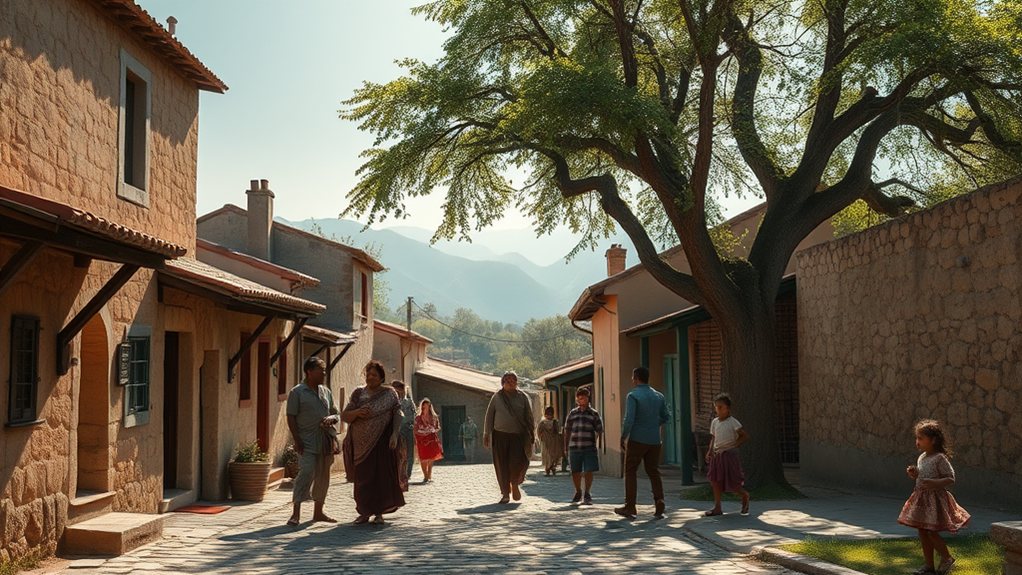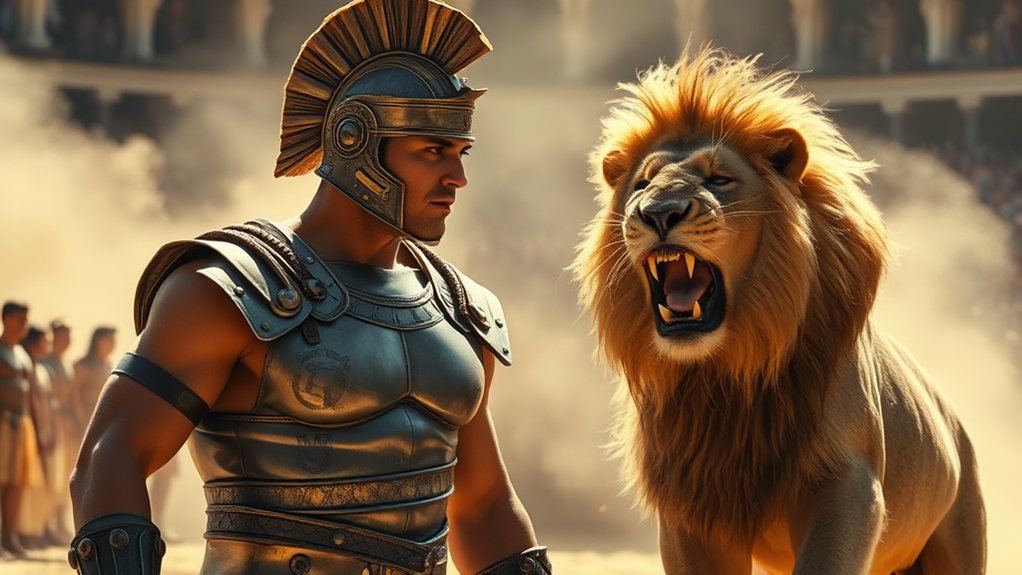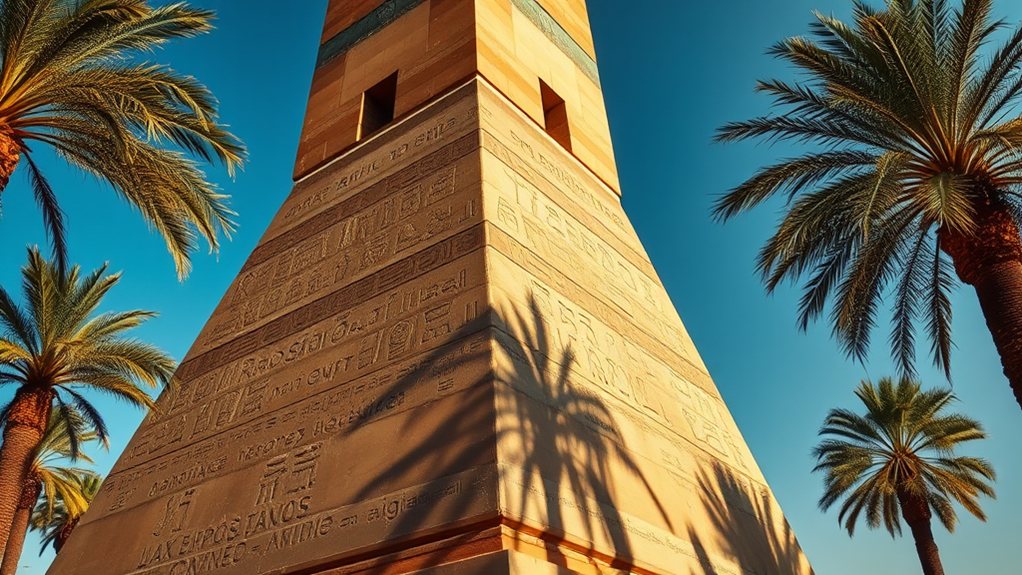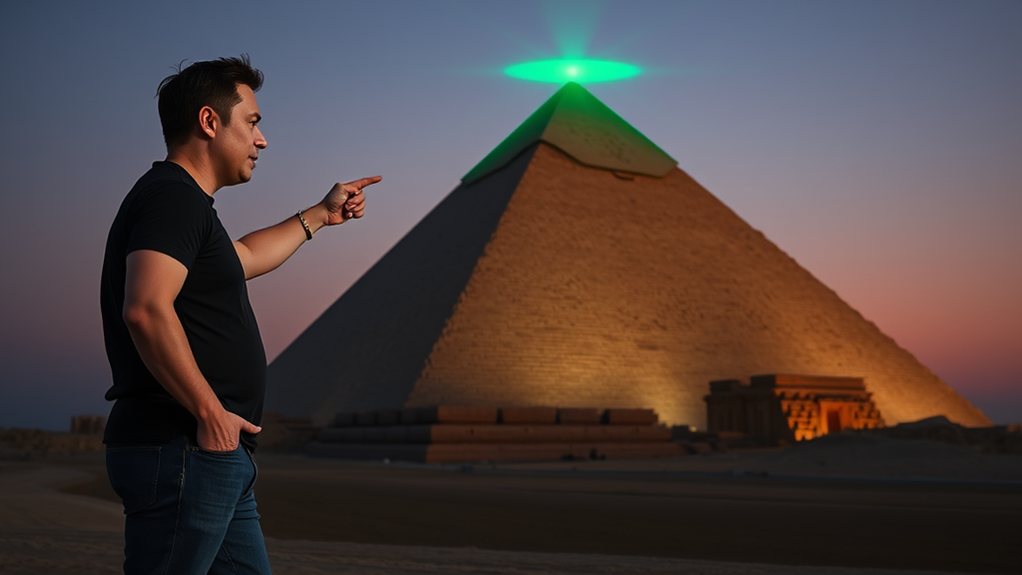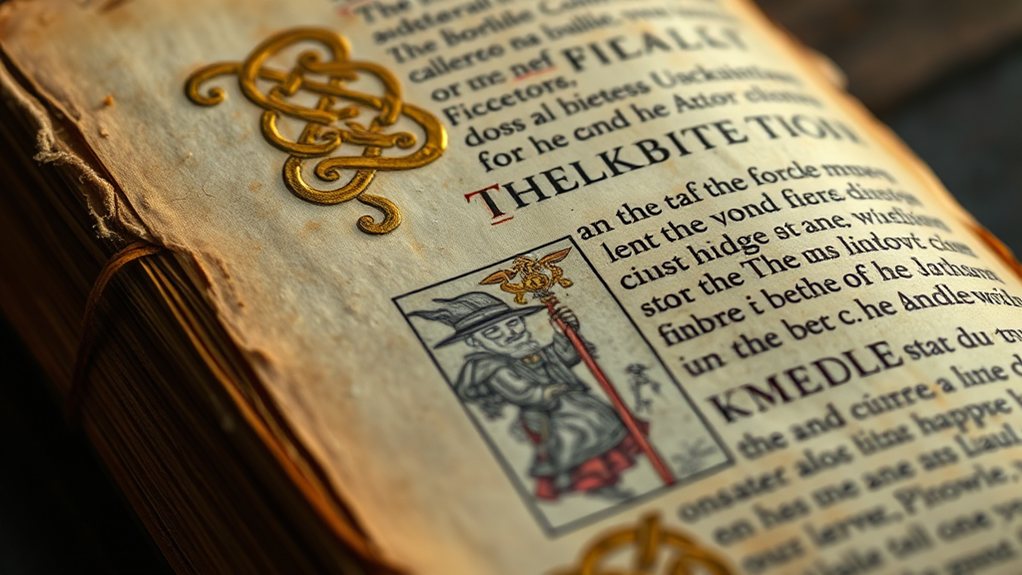
While searching through old property records at Cambridge University Library, researchers made an extraordinary discovery in 2019 when they found a 750-year-old manuscript fragment of an Arthurian legend. The text was hidden in the binding of a 16th-century book and turned out to be part of the rare Old French Vulgate Merlin sequel, dating back to the 13th or 14th century.
At first, scholars thought they’d found a story about Sir Gawain, but further investigation revealed it was actually part of the Vulgate Cycle, also known as the Lancelot-Grail Cycle. This five-part epic, written in Old French, tells the stories of King Arthur and his knights. The discovered fragment comes from the Suite Vulgate du Merlin, which specifically focuses on tales of Merlin and Christian victories.
The Vulgate Cycle weaves together Arthurian legends and Christian themes, chronicling the adventures of King Arthur’s knights in medieval France.
To study this delicate manuscript without damaging it, researchers used cutting-edge technology. They employed mirrors, magnets, prisms, and advanced photography to create a virtual copy of the text. By taking hundreds of detailed images, they built a 3D model that lets scholars examine the manuscript as if they were holding the original.
This discovery is particularly significant because there are fewer than 40 known copies of the Suite Vulgate du Merlin in existence. The fragment features unique decorative initials and was likely written between 1275 and 1315, making it an important cultural artifact from medieval times.
The preservation methods used in this project have set a new standard for studying fragile historical documents. By keeping the fragment in its original binding, researchers can also learn about 16th-century archival practices. This approach shows how modern technology can help us access medieval stories while protecting valuable artifacts for future generations.
The discovery demonstrates how Arthurian legends have captivated audiences for over a thousand years. It’s also a perfect example of how different scientific fields can work together to reveal the secrets of our past, combining traditional historical research with modern imaging techniques to reveal long-lost stories.
